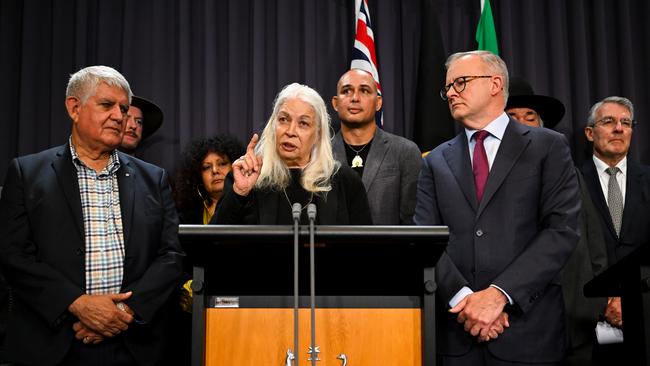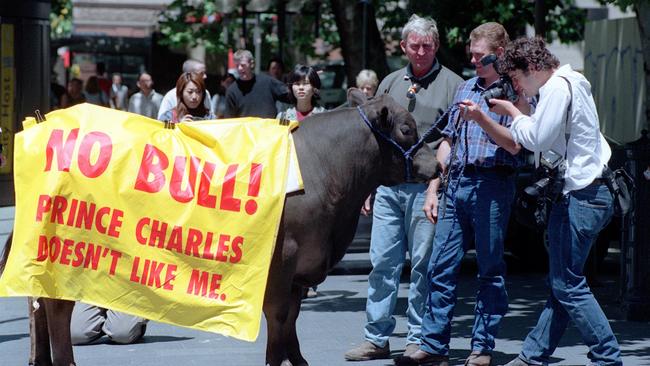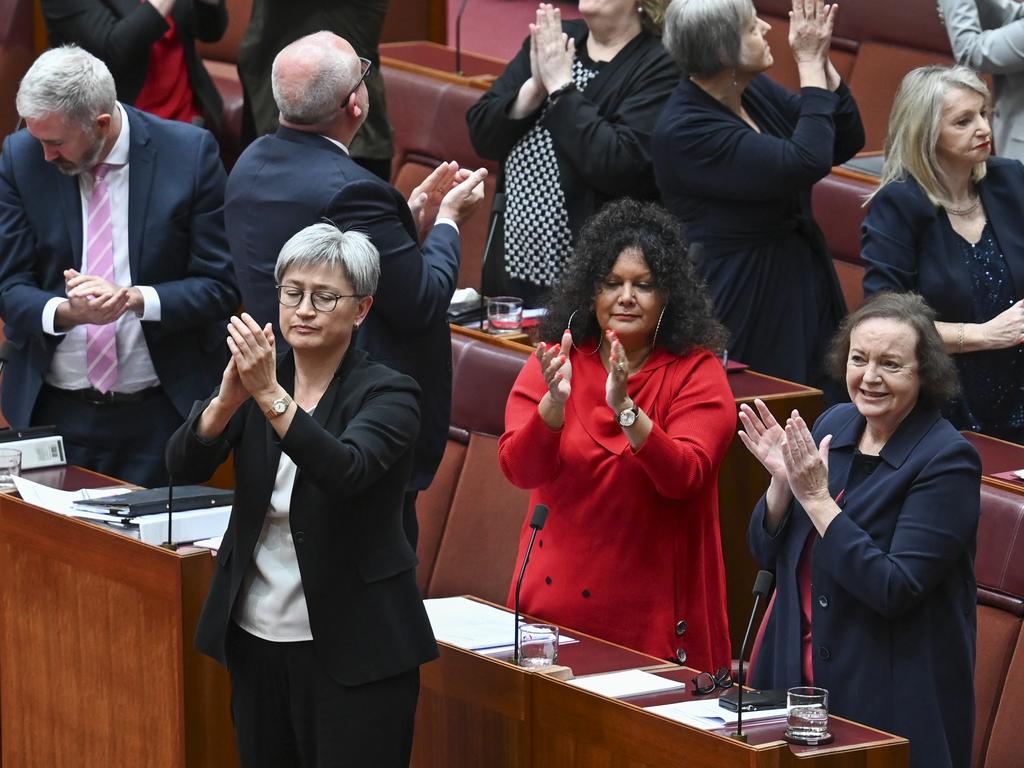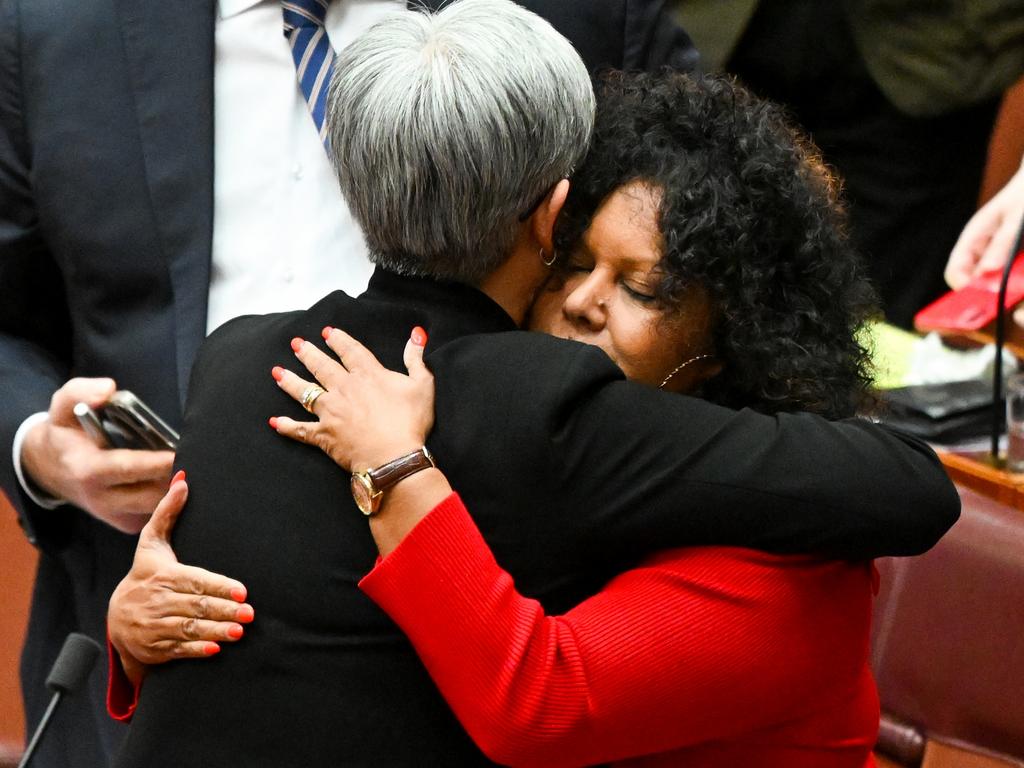Voters should beware perils of referendum pamphlets for Indigenous voice to parliament

Anthony Albanese has yet to announce a date, but the Constitution directs that the vote shall be held between two and six months of the proposal being passed by parliament. This means a poll between August 19 and December 19. The smart money is on a referendum in October, after the major football grand finals.
A set piece of every referendum is the official pamphlet containing the Yes and No cases. The Referendum Machinery Act says the pamphlet must be sent to every household in the form of 2000 words for each side. No provision is made for images, pictures or other visual aids. Many Australians will find the 4000-word pamphlet a slog, with few people leading into the 1999 referendum possessing the will to read the pamphlet cover to cover.
The idea of a printed educational pamphlet is decidedly old-school. It has been clear for decades there are better and more cost-effective ways of informing Australians.
We have this method because it was adopted in 1912 and has not since been changed. Even the advent of radio, television, the internet and social media have failed to persuade parliamentarians of the need for reform.
The clock has begun ticking to finalise the pamphlet. The Australian Electoral Commission has written to members of parliament, giving them 28 days to provide the 2000-word cases for and against the voice. They must complete their homework by 11.59pm on Monday, July 17 or be left out of the pamphlet. No extensions will be given.
The law says each case must be authorised by a majority of the members of parliament voting for and against the constitutional change. It says nothing about how these politicians should agree on the wording, only that it is a numbers game. There is no need for consensus, meaning a majority for each side can control the wording in the pamphlet and override the views of the minority.
The importance of the No pamphlet explains tactical voting by Liberal Party members during the passage of the voice through parliament. The party made clear it would support the passage of the bill, even though it opposes the voice, so Australians are given a say. However, Liberal Party members designated as “authorised dissenters” nonetheless voted no so the party can influence the drafting of the pamphlet.
In the federal parliament, 173 members across both houses voted to hold the voice referendum, with 44 against. Liberal and National party members make up a majority of these 44, and so can direct the content of the No case. If they wish, they are free to ignore the arguments of minor parties and crossbenchers such as senators Pauline Hanson and Lidia Thorpe.
There is precedent for a majority of members dictating the content of the pamphlet. This happened in the 1946 referendum, when the major parties voted together to support a referendum to empower the commonwealth to provide social services. The Labor government had a majority of members and wrote the Yes case without consulting the Liberal and Country Party members who had also supported the bill.
A different result occurred in 1999 for the pamphlet on a new preamble to the Constitution. The Labor Party voted against the bill in parliament but chose to withdraw its opposition before the drafting of the No case. This left independent MP Peter Andren as the only parliamentarian who had voted against the bill remaining in active opposition. He alone drafted the No case for the pamphlet.
The pamphlet matters because it is a taxpayer-funded direct line of communication to every Australian household, at an estimated cost of $10.6m in 2023. Despite this, the Electoral Commission is not authorised to check the material provided by parliamentarians. The commission merely acts as a “post box” by way of receiving information and then having it printed and sent out to voters.

The commission has warned parliamentarians of this, schooling them to make sure they check their language and grammar lest voters receive an error-riddled document that embarrasses its drafters.
A larger problem is that the Yes and No cases in the pamphlet need not be accurate. They are an exercise in persuasion that permit politicians to mount the most effective arguments, whether they are truthful or not. Past pamphlets have been full of exaggerated and wild claims, with hyperbole rather than facts often the order of the day.
It is unfortunate that in 2023 Australians will receive a pamphlet that is so poorly constructed in light of modern communication and educational methods, and which must be read with caution given the very real possibility it will contain misinformation.
George Williams is a Deputy Vice Chancellor and Professor of Law at the University of New South Wales







Now parliament has sent the voice to the people, attention is turning to the mechanics of holding Australia’s first referendum in a quarter of a century.